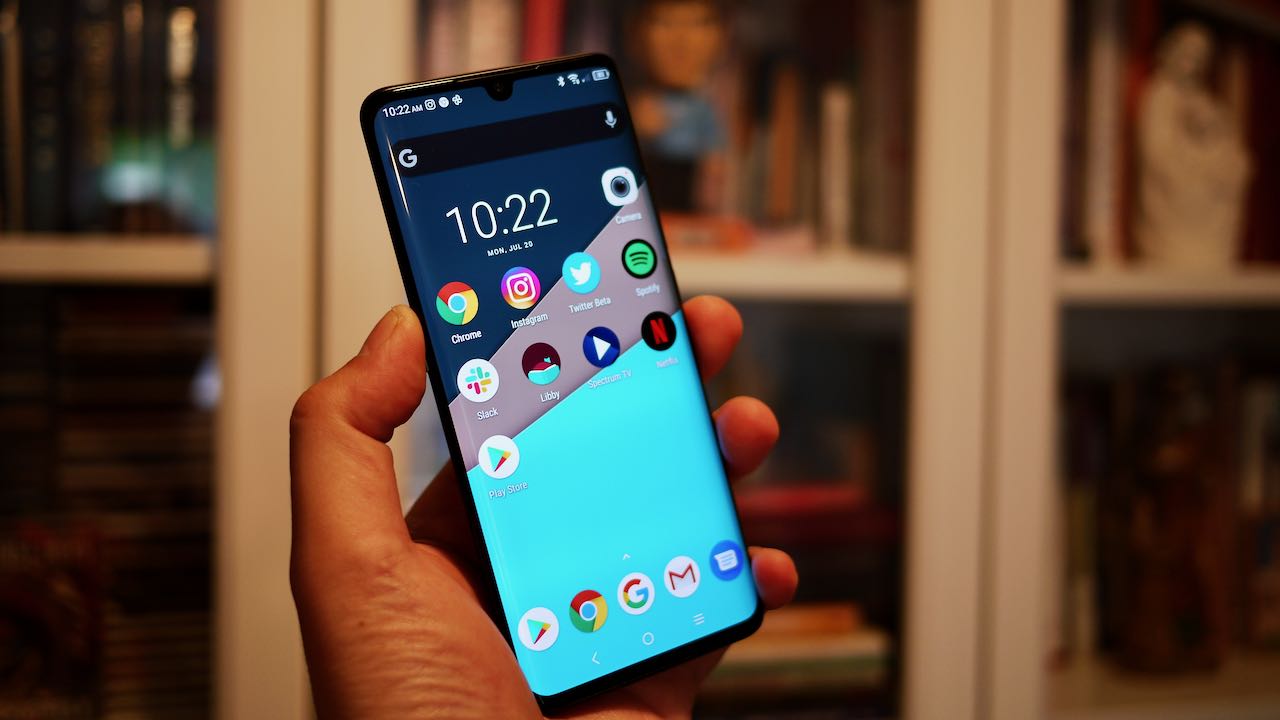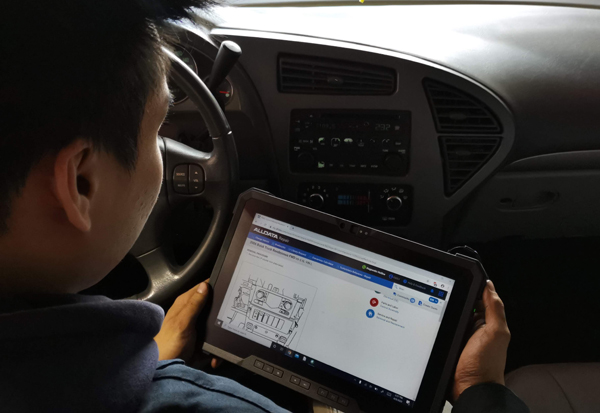Chrome 70 enables picture-in-picture mode on the desktop
 Sunday, October 21, 2018 at 5:28AM
Sunday, October 21, 2018 at 5:28AM 
The latest version of Google Chrome makes picture-in-picture mode a default feature in the web browser. As we already know what picture-in-picture mode does, it keeps videos in a floating window that’ll follow you around as you browse or even as you open another program. A few conditions though, the developers need to support it and you’ll need to keep the original tab open so the video keeps running. But once you updated your browser to Chrome 70, you just need to head over to YouTube and when you start playing a video right click on the video twice until the Chrome dropdown menu shows up. You can just select Picture in Picture option from there and then you’re good to go.
Source: Engadget
 Print Article
Print Article  Permalink tagged
Permalink tagged  Chrome 70,
Chrome 70,  Google Chrome,
Google Chrome,  web browser
web browser  Email Article in
Email Article in  First Looks,
First Looks,  Google,
Google,  News,
News,  Web,
Web,  app news
app news 




















